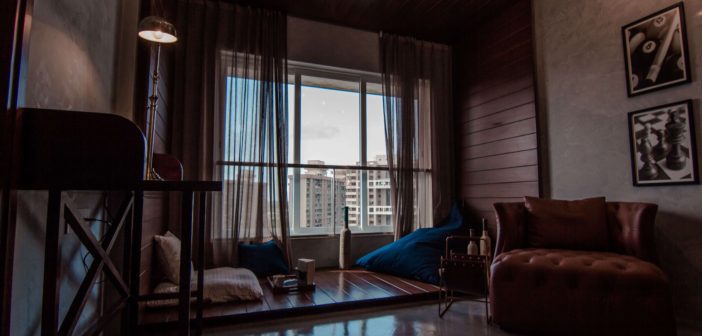A balcony is a very effective way of increasing the size and space available within a property, by providing an external area which would otherwise be unavailable in town houses or flats which lack a garden. Furthermore, balconies are often seen as popular attractions for bedrooms and if they include a good view, they can increase the value of a room by up to 50%.
Balconies are surprisingly rare in the UK. This may be in part due to the weather conditions but is also in part due to traditional Georgian and Edwardian building practices which have governed much of our approach to British architecture for many years. Realtors find that a balcony is an instant draw to potential buyers and renters. A balcony provides a simple extension to a bedroom or living room, connecting the internal and exterior space and allowing an external space in which to relax and grow flowers and carry out other simple outdoor activities. Here we explore how best to use balconies to increase the architectural flavour and value of your home.
Architectural and legal restraints
If you want to add a balcony to a building, there can be several obstacles and limitations to what you can actually build. Firstly, any old building will have some form of architectural restraints which will limit the style of structure and weight of structure you can add to the side of a building. Typically, strong balconies are difficult to simply tack on to wooden or even some steel framed buildings. They can be supported by steel or wooden structures below but this will often restrict the ground or garden space beneath.
The second main obstacle to overcome is getting permission. Planning permission for balconies can be very difficult to come by, especially if the balcony blocks light from reaching below, or has the potential to be intrusive to other properties in the area. Furthermore, a balcony is incredibly difficult to add on to listed buildings unless there is already some form of external structure in place.
Juliet balconies
One way of getting round architectural and legal restraints is to have a Juliet balcony which is limited in capacity as there is rarely space for a human to stand on it. There may simply be space for a few plants or just a handrail which crosses the front of a door on the building. This gives the feeling of a balcony as there is a handrail or baluster to lean against and an opening pair of double doors from which the user can lean out and cast their gaze over the surrounding scenery.
Conventional balconies
However if you can get round the legal restraints, the larger a balcony can possibly be, the greater the potential there is to add value to a property. The value of a balcony is often dependent upon the view it provides and the amount of sunlight the balcony space receives. So putting it in the right place is important. Furthermore, it must be compatible with the surrounding architecture.
Using a range of products from professionals is a great way to ensure that the balcony complements your home architecturally.




